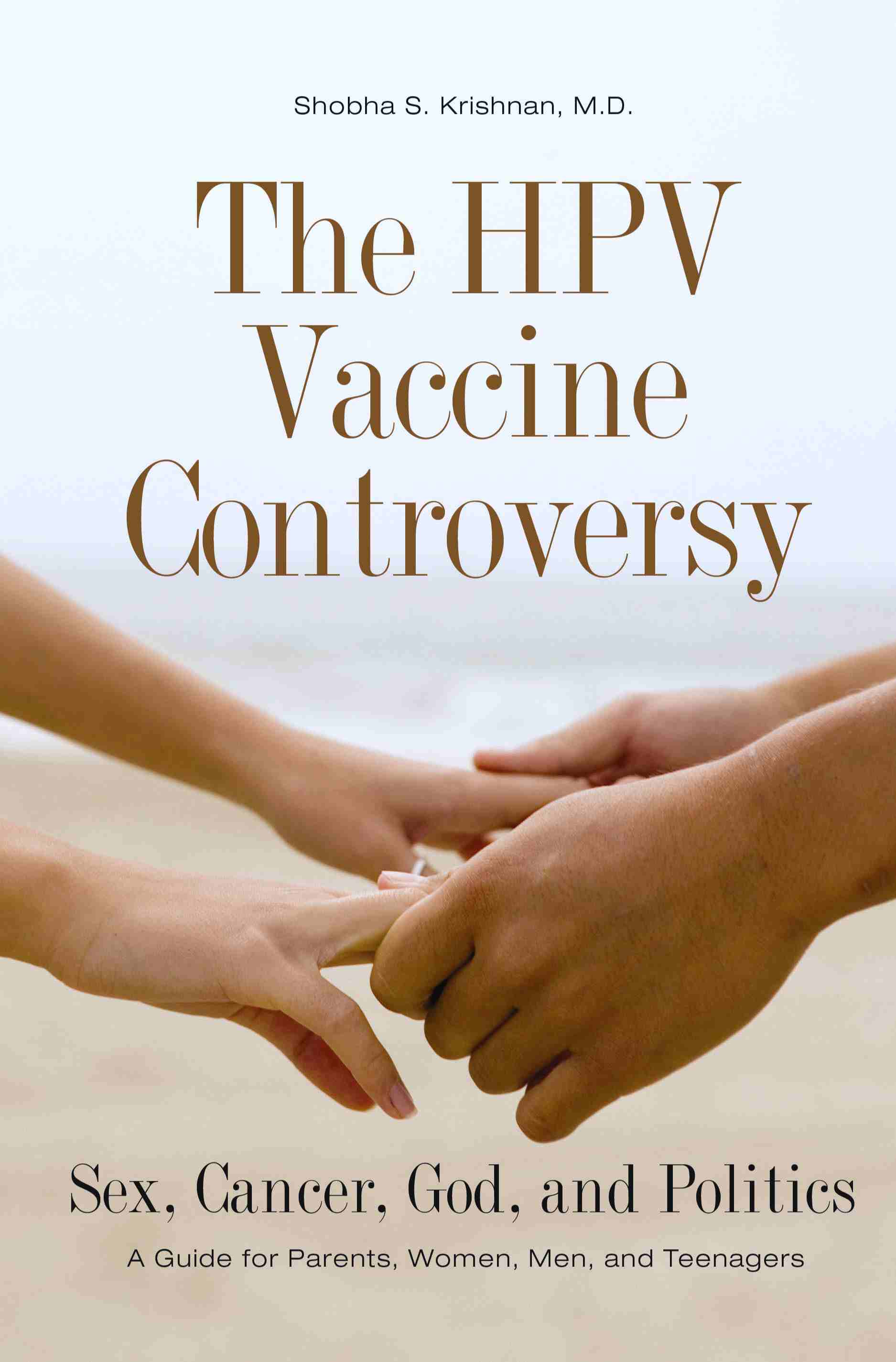/* Style Definitions */
table.MsoNormalTable
{mso-style-name:”Table Normal”;
mso-tstyle-rowband-size:0;
mso-tstyle-colband-size:0;
mso-style-noshow:yes;
mso-style-priority:99;
mso-style-qformat:yes;
mso-style-parent:””;
mso-padding-alt:0in 5.4pt 0in 5.4pt;
mso-para-margin:0in;
mso-para-margin-bottom:.0001pt;
mso-pagination:widow-orphan;
font-size:11.0pt;
font-family:”Calibri”,”sans-serif”;
mso-ascii-font-family:Calibri;
mso-ascii-theme-font:minor-latin;
mso-fareast-font-family:Calibri;
mso-fareast-theme-font:minor-latin;
mso-hansi-font-family:Calibri;
mso-hansi-theme-font:minor-latin;
mso-bidi-font-family:”Times New Roman”;
mso-bidi-theme-font:minor-bidi;}
With the 6th and final season upon us, will Lost finally zoom towards a feminist future? With the number of female characters dwindling and the simultaneous deification of hetero white males, can feminist Lost fans hope for a satisfying island conclusion?
Previous seasons have been a mixed bag on this count.
Lost has many strong female characters, many of whom I could easily see wearing a “This is what a feminist look like” t-shirt. As noted by Melissa McEwan of Shakesville, an admitted Lost junkie, “Generally, the female characters are more well-rounded than just about any other female characters on television, especially in ensemble casts.”
Lost has often presented ‘gender outside the box’ characters, suggesting being human is more important than being a masculine man or a feminine woman. After all, when you are fighting for your life, ‘doing gender right’ is hardly at the top of you priority list.
While Jack and Sawyer try to out-macho each other in their love triangle with Kate, neither hold entirely to the Rambo-man-in-jungle motif. As for the women, they just might be the strongest, bravest, wisest female characters to grace a major network screen since Cagney and Lacey.
Though the island is certainly patriarchal, one could make a strong case that male-rule is not such a good thing for (island) society. Kate or Juliet would be far better leaders than any of the island patriarchs (and as some episodes suggest, would make great co-leaders – what a feminist concept!)
McEwan, in her discussion with fellow Lost fanatic, Brad Reed of Sadly, No!, agrees, stating “the show looks increasingly to be making an oblique but advanced commentary about the patriarchy.” As she argues:
“The Lost fathers (Benry, Widmore, Paik, Shephard the Elder) are archetypical patriarchs-rich, powerful, well-educated, well-connected, straight, and white, with the exception of Mr. Paik, who’s in the ethnic majority of his country of residence. It is within the battle among these patriarchs that everyone else is caught; it is to their whims, and their arbitrary rules and preferences, that everyone else is subjected. That’s clearly framed as Not a Good Thing, which rather suggests a feminist critique of the patriarchy.”
However, as the two hour season premiere revealed, one of the strongest female leads, Juliet, is dead. Kate is still rocking the strong-woman action, yet the fact remains that “We’re just about out of female characters to root for” (as Cara of Feministe points out).
This slow decrease in female characters means that a show that had more males to begin with has become decidedly testosterone weighted. Moreover, the (white) males left are being deified with Jabob/Lock/Richard/Ben all seemingly having godlike powers. This turn is all the more frustrating given that supposedly Kate was initially conceived as the island leader. Alas, as reported by Jill at Feministe, “execs thought that people wouldn’t watch the show if a chick was in charge, so they gave that role to Jack and turned Kate into one corner of a love triangle.” Grrrr.
The 30-minute season recap that aired last week kept implying women viewers are wooed by the romantic motifs that dominate many of the narrative arcs. Apparently ABC is unaware that women are interested in more things than romance (and shirtless hotties).
Sometimes the writers seem oblivious to the fact that women are more than man-seeking baby-making machines, too. Season five was particularly dire in this vein. Drawing on the Freudian ‘baby as penis replacement’ motif, Kate was depicted as trying to repair the loss of Sawyer with baby Aaron. (For more on this line of argument, go here.)
Yet, overall, Kate is arguably one of the smartest, most daring female characters to lead a contemporary mega-hit television series. Her back-story ain’t bad either – she was on that doomed flight as a result of fighting back against her mother’s abusive partner. And, though Juliet sometimes seems more focused on her various Romeos than on other matters, she heroically detonated the bomb that launched us into season six. Who knows, maybe this final season will launch us into some sort of feminist utopia led by Eloise Hawking or Rousseau. At the very least, let’s hope it doesn’t culminate with Kate all happily married and duly domesticated!

 Please join me in extending a heartfelt welcome to our newest monthly blogger here at GwP:
Please join me in extending a heartfelt welcome to our newest monthly blogger here at GwP: 
 If in NYC, join me at this year’s Memoir-a-thon sponsored by Brooklyn Reading Works! It’s the first time I’ll be reading with my hubby, graphic designer/writer Marco Acevedo. Deets:
If in NYC, join me at this year’s Memoir-a-thon sponsored by Brooklyn Reading Works! It’s the first time I’ll be reading with my hubby, graphic designer/writer Marco Acevedo. Deets:
 In light of the new Pap smear guidelines, I hope that U.S. girls and women who get less frequent Pap tests will more frequently ask their healthcare practitioners to educate them about
In light of the new Pap smear guidelines, I hope that U.S. girls and women who get less frequent Pap tests will more frequently ask their healthcare practitioners to educate them about 





